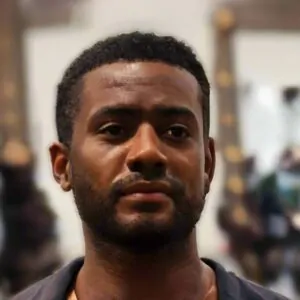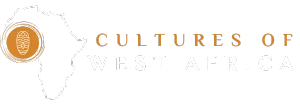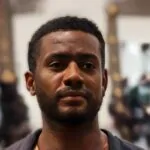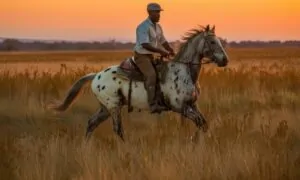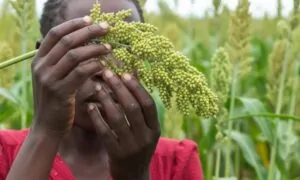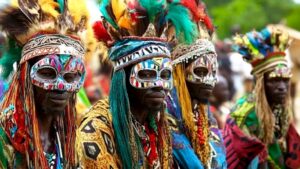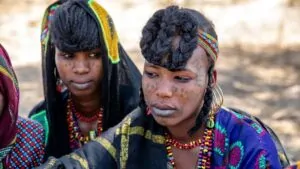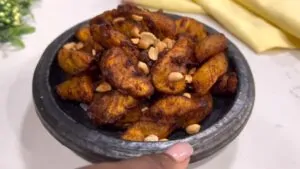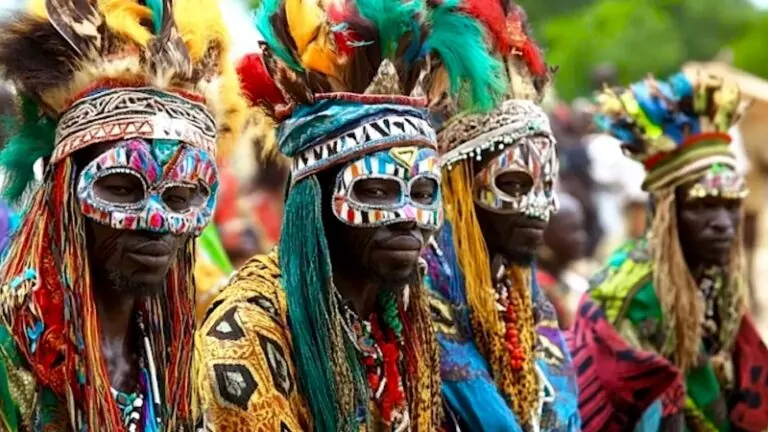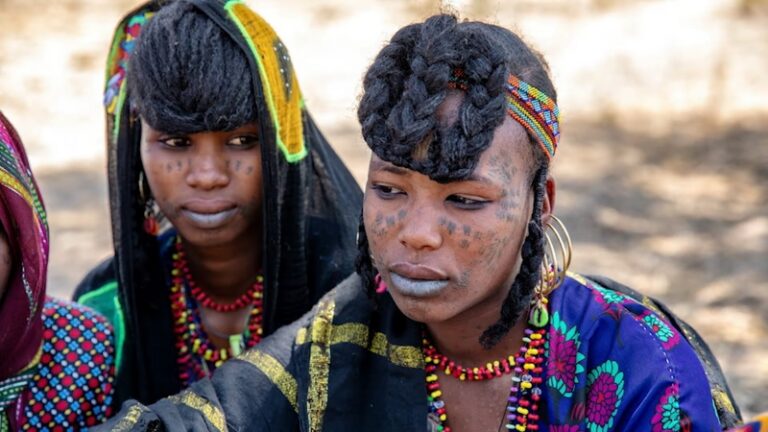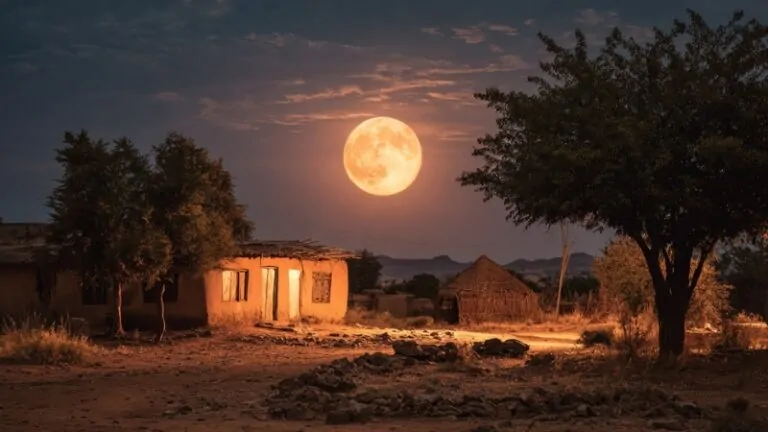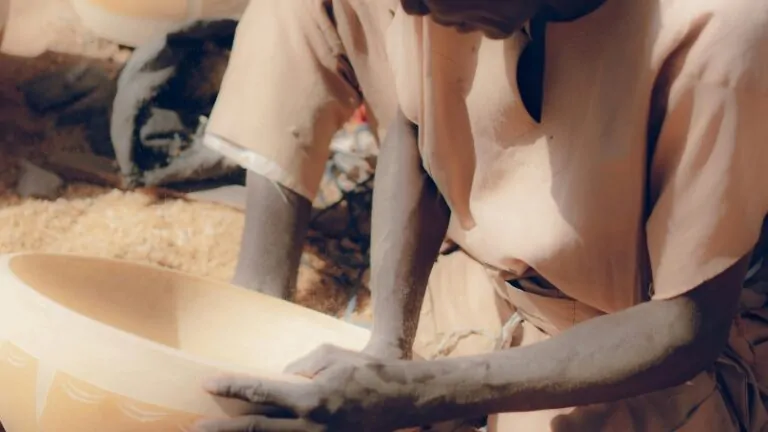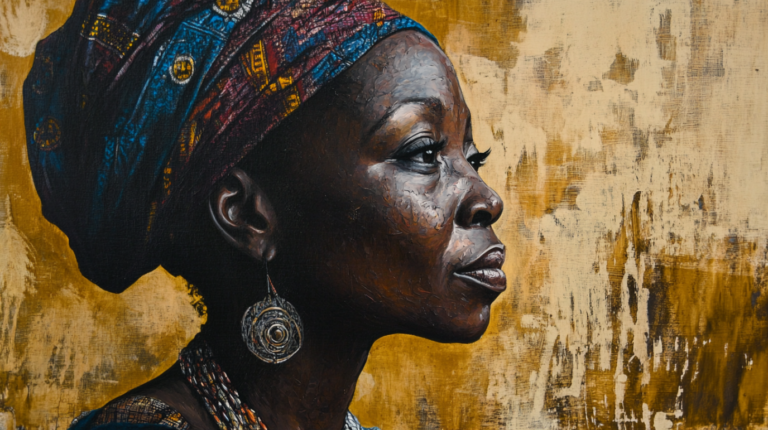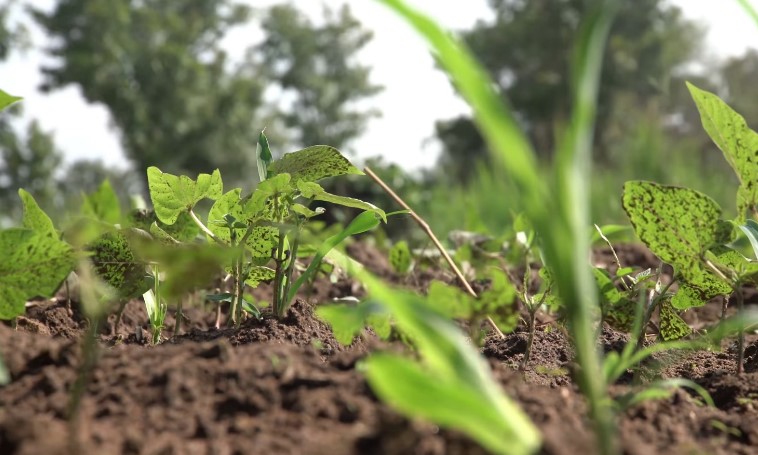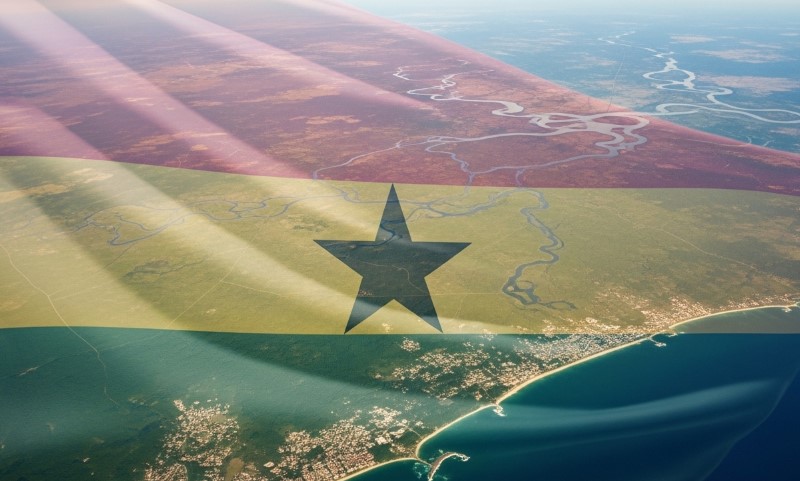
Ghana has a way of catching you off guard. You think you know the basics: West Africa, cocoa, gold, but then you learn it also hosts the headquarters of Africa’s trade future, has one of the world’s largest man-made lakes, and even guards a sacred crater lake formed by a meteorite.
Table of Contents
ToggleIt’s a country where history, geography, and modern politics all intertwine. Let’s explore some of the most fascinating and sometimes overlooked facts about Ghana.
Quick-Look Table
| # | Fact | Why it matters |
| 1 | First sub-Saharan African country to gain independence in 1957 | Sparked a wave of African independence |
| 2 | AfCFTA Secretariat is headquartered in Accra | Ghana hosts the engine room of Africa’s free-trade project |
| 3 | Lake Volta is one of the world’s largest artificial lakes | 8,500+ km² of freshwater, navigable and vital to the economy |
| 4 | Akosombo Dam generates about 912 MW | Powers industry and households and created Lake Volta |
| 5 | Closest land to the Equator-Prime Meridian crossing | Cape Three Points sits nearest to 0°N, 0°E in the Gulf of Guinea |
| 6 | Two UNESCO World Heritage listings | Forts and Castles of the coast, and Asante Traditional Buildings |
| 7 | Lake Bosomtwe is Ghana’s only natural lake | A meteorite-formed biosphere site with cultural significance |
| 8 | Cocoa powerhouse recovering from setbacks | Second-largest grower, stabilizing output after disease and smuggling |
| 9 | Africa’s top gold producer in 2024–2025 | Output hit records, with more growth projected |
| 10 | 2024 election result recognized swiftly by rivals | Reinforces Ghana’s democratic reputation |
1. Ghana Lit the Fuse for Modern African Independence
On March 6, 1957, Ghana became the first sub-Saharan African nation to gain independence from colonial rule.
Led by Kwame Nkrumah, Ghana’s independence set off a chain reaction. In the years that followed, over 30 African countries gained independence, many citing Ghana as inspiration.
The importance isn’t just in the date but in the momentum it created. Ghana showed what was possible, and its boldness helped redraw the political map of Africa.
2. Accra is home to the AfCFTA Secretariat
The African Continental Free Trade Area (AfCFTA) is one of the most ambitious economic projects in the world. It aims to create a seamless market of over 1.3 billion people across 55 countries. At the center of it all is Accra, where the permanent Secretariat operates.
For Ghana, this role means influence far beyond its borders. Hosting the AfCFTA Secretariat makes Accra a hub for African trade diplomacy, policy negotiations, and investment summits. In other words, Ghana is participating in Africa’s economic integration, and it is steering it.
3. Lake Volta
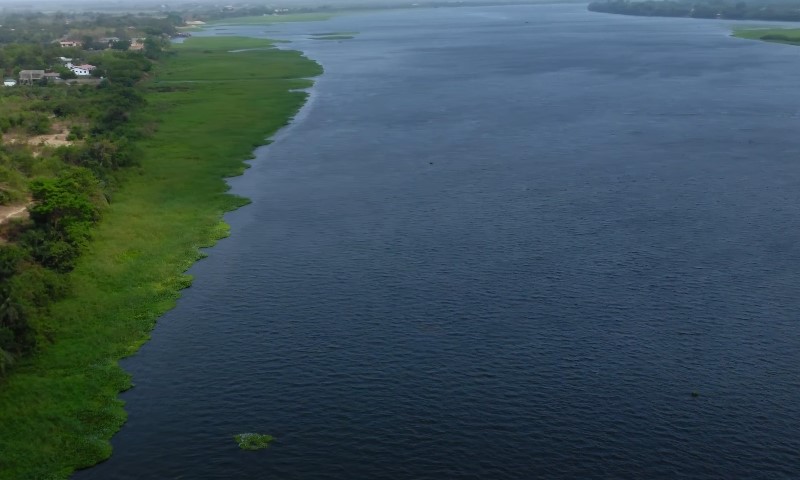
Stretching across 8,502 square kilometers, Lake Volta is one of the largest artificial lakes on Earth. It runs nearly 400 kilometers from north to south, swallowing much of the Volta River Valley after the Akosombo Dam was built in the 1960s.
More than 78,000 people were resettled during its creation, as entire villages disappeared beneath its waters.
Today, Lake Volta is a lifeline. It supports fishing, transport, and even inland shipping routes that connect the savanna in the north to the coast in the south. It is rare to find a man-made feature that so completely reshaped a country’s landscape and economy.
4. The Akosombo Dam
The Akosombo Dam, which gave birth to Lake Volta, generates about 912 megawatts of electricity. When completed, it was a marvel of engineering and ambition. It powered Ghana’s aluminum industry and provided energy exports to neighboring countries.
Decades later, Akosombo still anchors Ghana’s power grid. It remains a symbol of the country’s development aspirations and a reminder of the tradeoffs involved in such vast projects: benefits in energy and industry balanced against ecological changes and community resettlement.
5. Cape Three Points
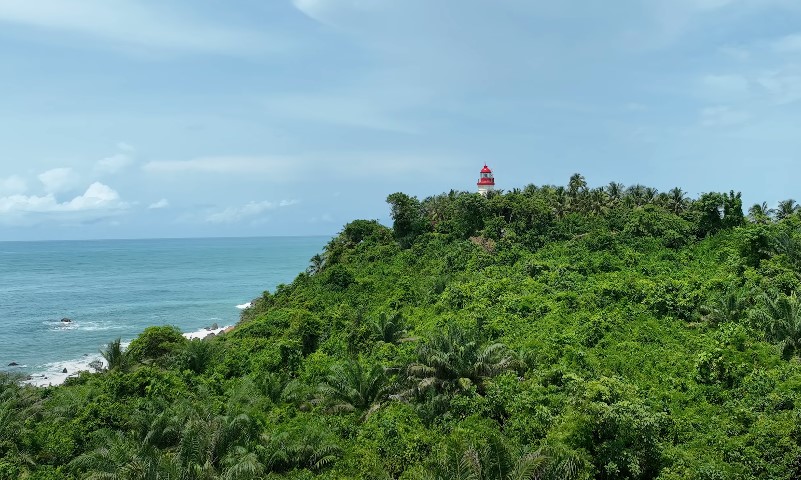
If you’ve ever looked at a world map and noticed where the Equator and the Prime Meridian intersect, that spot sits in the Gulf of Guinea. The nearest land to this “zero-zero” crossing is in Ghana, at Cape Three Points.
The Cape is also the southernmost tip of Ghana, marked by a lighthouse that visitors can climb. For geography enthusiasts, it’s a neat piece of trivia. For travelers, it’s a physical connection to the arbitrary but iconic coordinates that shape our maps.
6. Two UNESCO World Heritage Sites tell Ghana’s story
Ghana’s UNESCO World Heritage listings highlight both colonial history and indigenous heritage.
- Forts and Castles of the coast : More than two dozen sites along the coastline, including Elmina Castle and Cape Coast Castle. They tell stories of early European exploration, trade, and the horrors of the transatlantic slave trade.
- Asante Traditional Buildings : Located near Kumasi, these mud-plaster shrines are decorated with symbolic bas-reliefs tied to Asante spirituality and culture.
Together, they show how Ghana holds layers of history – from global interactions on its shores to the enduring legacy of the Asante civilization inland.
7. A Coastline Full of Memory
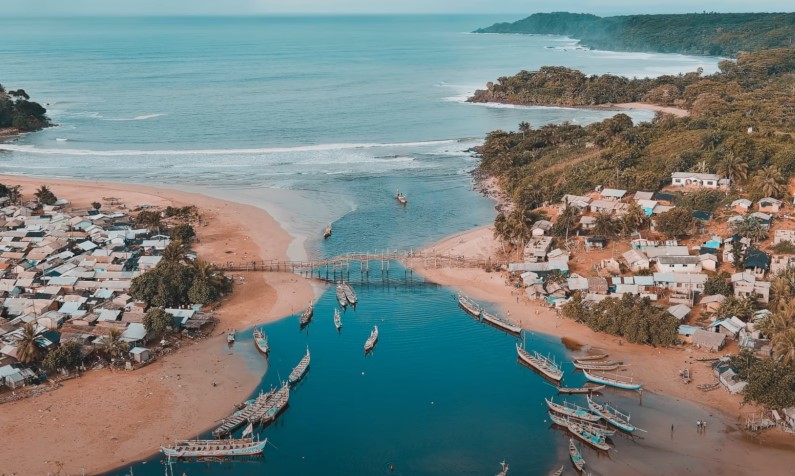
UNESCO recognizes about 28 coastal forts and castles as part of Ghana’s heritage. Some are intact, others lie in ruins, but all form part of a chain of sites that narrate centuries of trade, conflict, and human suffering. Walking these sites is like moving through a living museum stretched across the coast.
8. Lake Bosomtwe Is Ghana’s Only Natural Lake
Lake Bosomtwe sits in the Ashanti Region, filling a 1.07-million-year-old impact crater formed by a meteorite. It is Ghana’s only natural lake and is recognized as a UNESCO Biosphere Reserve.
Local communities consider it sacred, and fishing practices follow traditional restrictions. For scientists, it offers unique insights into climate history and biodiversity.
Few places combine cosmic origins, cultural traditions, and ecological importance in one location. Bosomtwe is one of them.
9. The Crop Behind Your Chocolate
Ghana is the world’s second-largest cocoa producer, sharing dominance with Côte d’Ivoire. The country’s cocoa has faced challenges, from swollen shoot disease to smuggling across borders. Yet recent policies and replanting programs are stabilizing the sector.
The U.S. Department of Agriculture projects a rebound in Ghana’s cocoa output to around 700,000 metric tons for the 2024–2025 season. That recovery means farmers and global chocolate lovers alike can breathe a little easier.
10. The Gold Coast Name Still Fits
Ghana was once called the Gold Coast by Europeans, and the name remains relevant today. In 2024, Ghana became Africa’s top gold producer, hitting record output. The trend continues into 2025, with production expected to be around 5.1 million ounces.
Gold underpins the country’s economy, foreign exchange reserves, and rural livelihoods. For artisanal miners and multinational companies alike, Ghana’s gold fields are as important as ever.
Ghana’s Democratic Resilience
Democracy in Africa faces frequent challenges, but Ghana keeps showing strength. In December 2024, opposition leader John Dramani Mahama won the presidency. His rival conceded quickly, reinforcing Ghana’s reputation for peaceful transfers of power.
Why does this matter? Stable democracy lowers investment risks, encourages tourism, and enhances Ghana’s role as a diplomatic anchor in West Africa. Each successful election adds to a habit of political maturity.
Heritage Management in Action
What stands out about Ghana’s UNESCO sites is not just their listing but the level of detail and management behind them.
The Forts and Castles site includes three castles, 15 forts in good condition, 10 in ruins, and seven with only traces left. That kind of granular documentation guides conservation, tourism flows, and education.
Preserving history is active in Ghana, with national agencies and international partners working hand in hand.
Asante Traditional Buildings and Adinkra Symbolism
The shrines near Kumasi are not just architecture. Their bas-reliefs often mirror Adinkra symbols, which carry meanings tied to proverbs, values, and philosophy in Akan culture. You can see Adinkra symbols on cloth, in carvings, and even in logos today.
In Ghana, design is communication. Buildings, textiles, and objects often speak a language of values embedded in visual form.
Kente Weaving
Kente cloth, woven by Asante and Ewe artisans, has become one of the most recognizable symbols of African heritage worldwide.
Every pattern has a name and meaning, and cloths are chosen as much for symbolism as for color.
From graduation stoles in American universities to fashion runways, kente has traveled the world. Yet it remains deeply tied to Ghanaian identity, rituals, and heritage.
The Gulf of Guinea’s Role in Ghana’s Identity
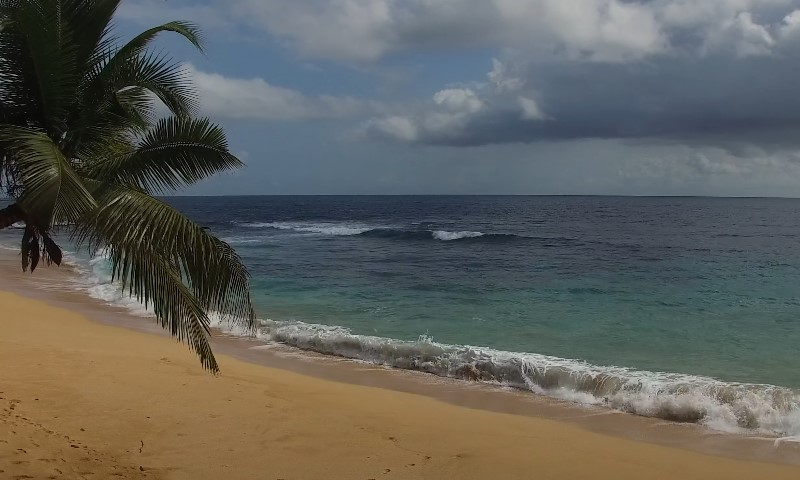
The Gulf of Guinea is not just a map label. It shapes Ghana’s coastal ecosystems, fisheries, and climate. It is also the ocean basin where the Equator meets the Prime Meridian, grounding Ghana firmly in global geography.
For fishermen, coastal communities, and geographers alike, the Gulf is both a livelihood and a landmark.
The Volta River Reshaped by Design
When the Akosombo Dam was built, much of the Volta River valley was intentionally submerged. The northern four-fifths of the valley lies underwater today, forming Lake Volta. The result was a transformed geography that shifted trade routes, settlement patterns, and ecosystems.
It’s a reminder of how human ambition can redraw landscapes entirely.
Tourism With the Diaspora in Focus
In 2019, Ghana launched the “Year of Return,” inviting the African diaspora to reconnect with their heritage. The program evolved into “Beyond the Return,” which combines cultural events, festivals, and even citizenship ceremonies. Festivals in Ghana have since become major attractions, blending history with modern celebration.
Tourism in Ghana isn’t just about safaris or landscapes, but about identity, belonging, and heritage.
How to Use These Facts Well
If you’re writing, teaching, or even prepping trivia questions, here are a few ways to make these facts resonate:
- Pair numbers with places : Instead of just saying “Lake Volta is 8,500 km²,” add that it covers about 3.6 percent of Ghana’s land area and links the north to the coast.
- Connect culture with policy : Kente and Adinkra aren’t just art forms – they connect to heritage preservation, tourism strategies, and national identity.
- Stay current : Cocoa and gold figures shift year to year, and elections can change the political story. Use recent sources for accuracy.
Final Thoughts
Ghana is not just a point on the map. It is independence movements, giant lakes, sacred craters, gold mines, and woven cloth that speaks.
It is both history and modernity, often in the same place. Whether you’re planning a visit, researching for class, or just curious, Ghana offers layers of stories worth knowing.
It’s a country that rewards curiosity, and always has more to show you.
Related Posts:
- 25 Fascinating Facts About the Yoruba Tribe You Didn’t Know
- 24 Fun Facts About Egypt You Didn’t Learn in School
- What Are the Languages Spoken in Ghana? 12…
- Top 10 Beach Destinations In Africa You Probably…
- 10 Lost African Kingdoms You’ve Probably Never Heard Of
- 10 Best Football Clubs in Ghana Everyone Should Know
